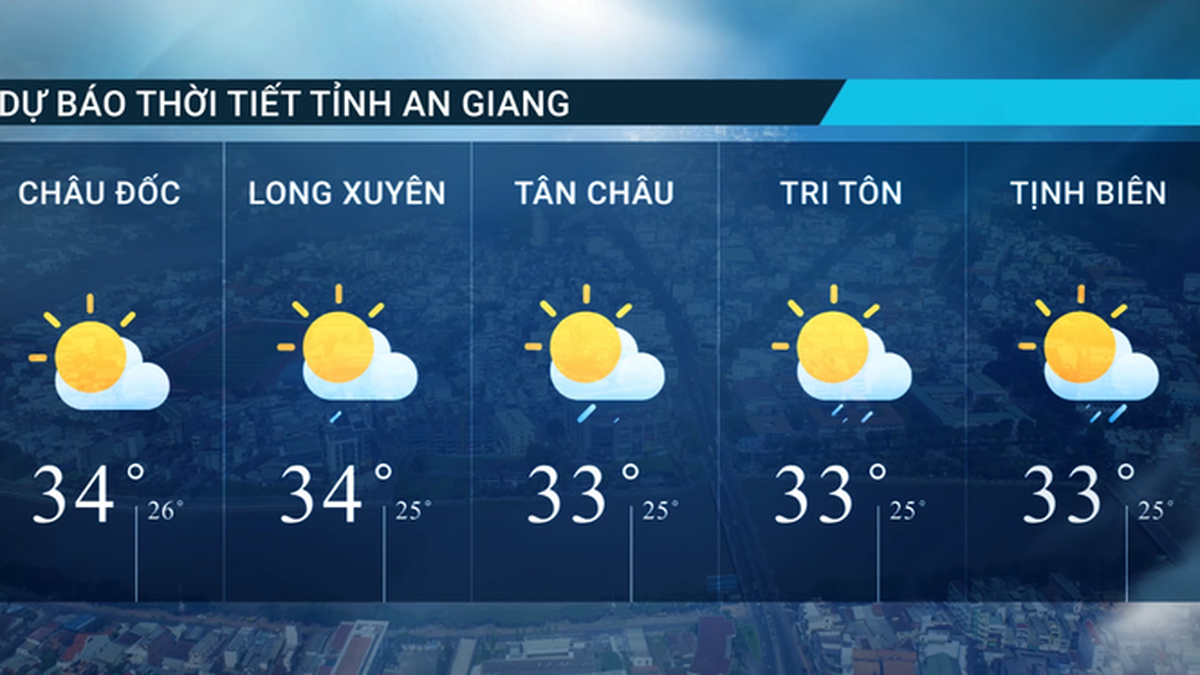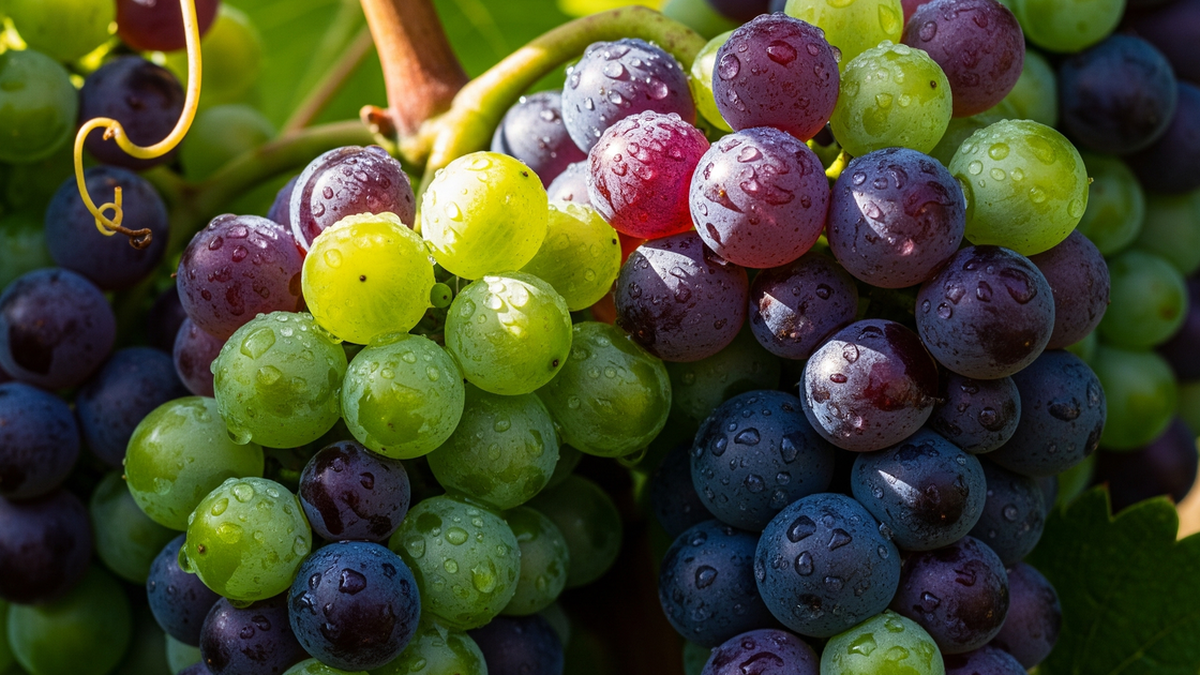The Vietnamese people have a deep connection with nature in their songs. The echoes of the songs remind listeners of the Central Highlands with its kônia trees, the South with its coconut trees, Hanoi with its green tamarind trees… The songs about the special trees of their homeland have reminded many ethnic groups in Vietnam. Thanks to the spread of the lyrics and melodies, the green canopies from the North to the South have become cultural symbols of each region.
The long-standing habit of settling down and cultivating crops has created a cultural trait closely associated with flora, in which the sense of sacred trees, the dwelling place of gods or the place that preserves the village soul and rural appearance has helped art find its way.
 The northern border region is the land of precious trees such as anise and cinnamon, as well as familiar flowers such as peach, apricot and plum, all of which have been sung about. For a long time, the Tay and Nung ethnic groups have talked about the famous trees of their homeland through the Aniseed of Lang (Ngo Quoc Tinh), while the Dao people in Yen Bai are familiar with the Bright Moon over the Cinnamon Forest (Trong Loan), or the Mong people, Kinh, Dao and Giay people fly high with a misty Sa Pa city (Vinh Cat): "We met in a garden with fragrant ripe fruit, I gave you a branch of purple plum, sent to the front the vegetable seeds you planted, sent to the border all my love".
The northern border region is the land of precious trees such as anise and cinnamon, as well as familiar flowers such as peach, apricot and plum, all of which have been sung about. For a long time, the Tay and Nung ethnic groups have talked about the famous trees of their homeland through the Aniseed of Lang (Ngo Quoc Tinh), while the Dao people in Yen Bai are familiar with the Bright Moon over the Cinnamon Forest (Trong Loan), or the Mong people, Kinh, Dao and Giay people fly high with a misty Sa Pa city (Vinh Cat): "We met in a garden with fragrant ripe fruit, I gave you a branch of purple plum, sent to the front the vegetable seeds you planted, sent to the border all my love". 
The purple color of plums has become a lyrical highlight for the famous tourist destination. The border trees and flowers present in the music have shortened the distance with the lowlands, evoking the cultural features of many different ethnic groups, connecting in a sentimental scene with the country: "My dear, is there any place more beautiful than the border afternoon when peach blossoms bloom, when the so trees grow in season?" (Border Afternoon - Tran Chung, poem by Lo Ngan Sun).
The Central Highlands, where there is high forest coverage along the Truong Son mountain range, is home to about 18 local ethnic groups such as Bana, Gia Rai, E De, M'Nong, Co Ho, Ma..., who have created a life closely tied to sacred ancient trees.

People everywhere remember the Central Highlands with the image of the Polang tree, or the kapok flower or the cotton tree, “the most beautiful in the Central Highlands forest” (I am the Polang flower - Duc Minh) and the Kônia tree has become a legendary metaphor with “where do the tree roots drink water, drinking water from the Northern source” (The shadow of the Kônia tree - Phan Huynh Dieu, poem by Ngoc Anh) of the Central Highlands people. Nowadays, when mentioning the Central Highlands, people immediately think of the coffee tree with songs full of “jungle rock” such as Ly ca phe Ban Me (Nguyen Cuong).
The image of the villages in the Northern Delta cannot be without the banyan tree at the village entrance, the kapok tree at the ferry wharf or the bodhi tree in the temple yard. The banyan tree is the source of a famous quan ho tune - Ly cay da: "Climbing up the steep inn to sit at the base of the oi a banyan tree, saying I ly oi a banyan tree... Who brought the oi a tinh tang tinh saying, let us meet and watch the festival on the full moon night...". The echo of the quan ho tune leads the listener back to the banyan trees at the village entrance inn, on the steep slopes along the dikes of poetic rivers such as the Cau River, the Duong River...

From its role as a landmark, the shade of the ancient banyan tree creates a lyrical scene of the countryside, a support for the emotions of expatriates missing their homeland: "The well under the banyan tree misses the village boy who went to war" (Comradely Love - Minh Quoc, poem by Chinh Huu).
The green bamboo hedges and the familiar areca trees in the home gardens weave the sounds of the rustling wind into the music. The bamboo hedges both act as ramparts to protect the village and are also a source of materials for building houses, so the Vietnamese people in the countryside sing about these beloved figures: “My village behind the bamboo hedges is far away, the love of the homeland is for the houses” (Ho Bac). The tree shadows in the gentle yet courageous songs have become a great source of encouragement for the Vietnamese people throughout the long years of resistance.
Heritage Magazine

































































































Comment (0)